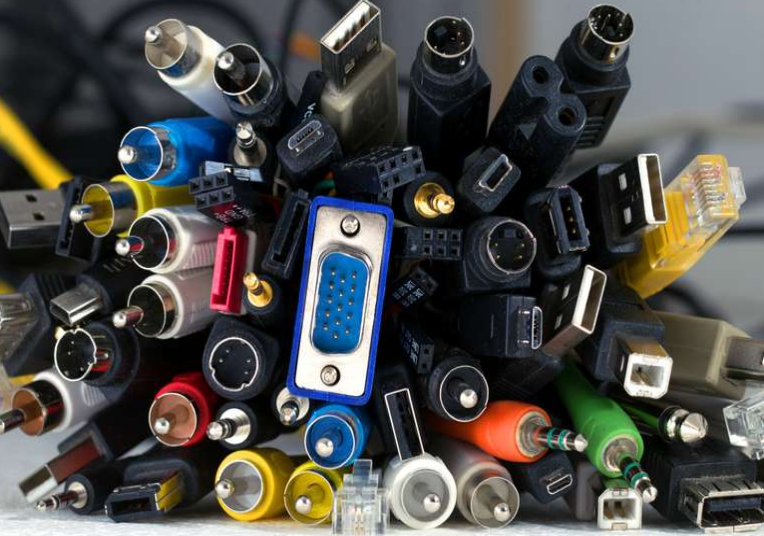OUTLINE:
Electronic Connectors and Their Applications
 347
347Have you ever wondered how your electronic devices are able to function and communicate with each other seamlessly? It's all thanks to a tiny but essential component called the electronic connector. These connectors serve as the bridge between different electronic circuits and components, enabling the transfer of electrical signals and power to power various devices.

Electronic connectors are essential components used to physically connect two or more electronic circuits, which are necessary for powering various electrical devices.
One of the key features of electronic connectors is their ability to facilitate the transfer of electrical signals and power between different electronic components. They can be used to connect different types of devices, such as sensors, displays, switches, and power sources, and provide a reliable and secure means of transmitting signals and power.
Another important aspect of electronic connectors is their durability and reliability. Connectors are often subjected to harsh environmental conditions, such as extreme temperatures, humidity, and vibration, which can cause them to fail and result in system malfunctions. Therefore, connectors are designed to be robust and resistant to environmental stresses, ensuring that they can perform reliably under challenging conditions.
The two main components of electronic connectors are the housing and the terminals. The housing is a framework that holds the terminals in place and reinforces their connections while also isolating them from other electronic components to prevent short circuits. Moreover, it shields the terminals from the external environment using insulating materials such as molded plastics or ceramics. The pins, made of electrically conductive materials such as brass, phosphor bronze, beryllium copper, and high copper alloy, are what allow electrical current to flow continuously between two separate circuits.
There are several types of electronic connectors, including pin headers, JST connectors, screw terminals, Molex connectors, RF connectors, and IDC connectors. Pin headers are commonly used in Printed Circuit Boards, sensor modules, developer boards, and breakout boards, while JST connectors are utilized when two boards or modules need to be joined together. Screw terminals are well suited for use as a power connector in both AC and DC systems because of their strong current and voltage carrying capacities. Molex connectors are similar in appearance to JST connectors, but their pitch size is typically much larger, making them suitable for power transmission and distribution. RF connectors are used in high-frequency radio applications to improve signal quality, while IDC connectors are used frequently in situations where several parallel connections on a board need to be coupled.
Electronic connectors are widely used in various applications such as computer networking, telecommunications, data technology, industrial automation, medical and automotive technology, and assembling and installing electronic components.
From your smartphone to your car, electronic connectors are everywhere, facilitating the smooth operation of a wide range of electronic devices. Without these connectors, our modern world would not be able to function as it does today. So next time you use your electronic device, take a moment to appreciate the tiny but powerful electronic connector that makes it all possible.

Disclaimer: The views and opinions expressed by individual authors or forum participants on this website do not represent the views and opinions of Chipsmall, nor do they represent Chipsmall's official policy.

share this blog to:

